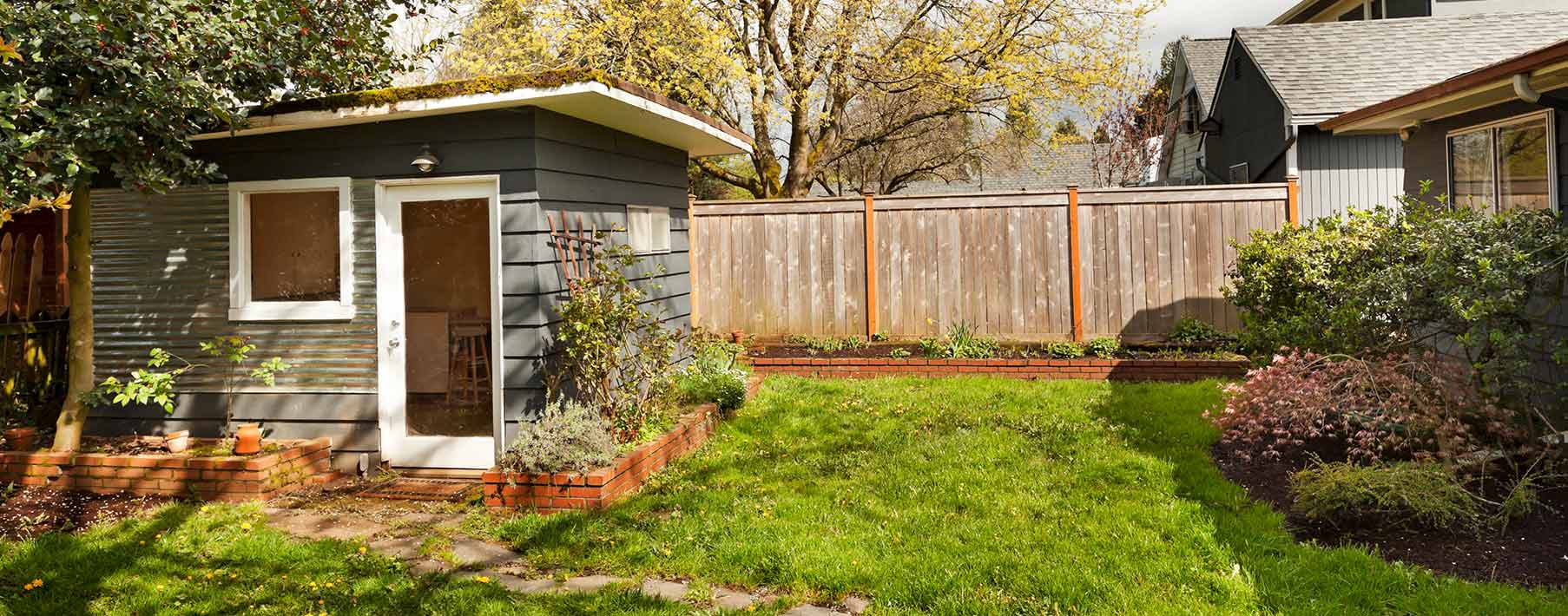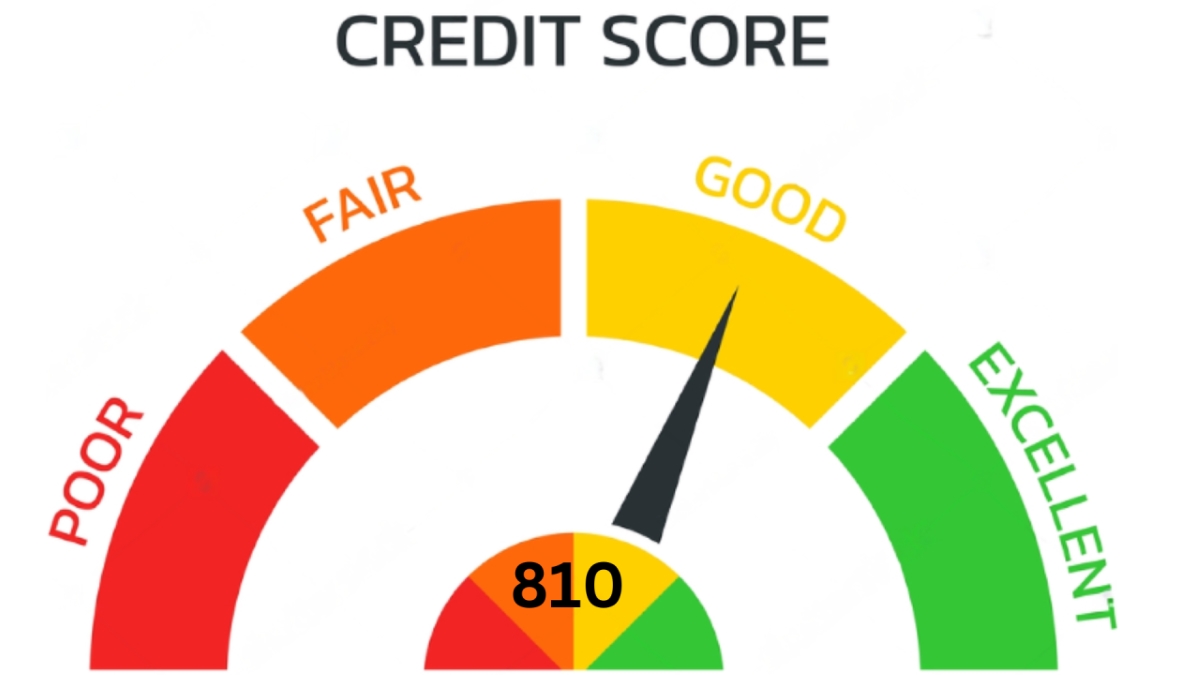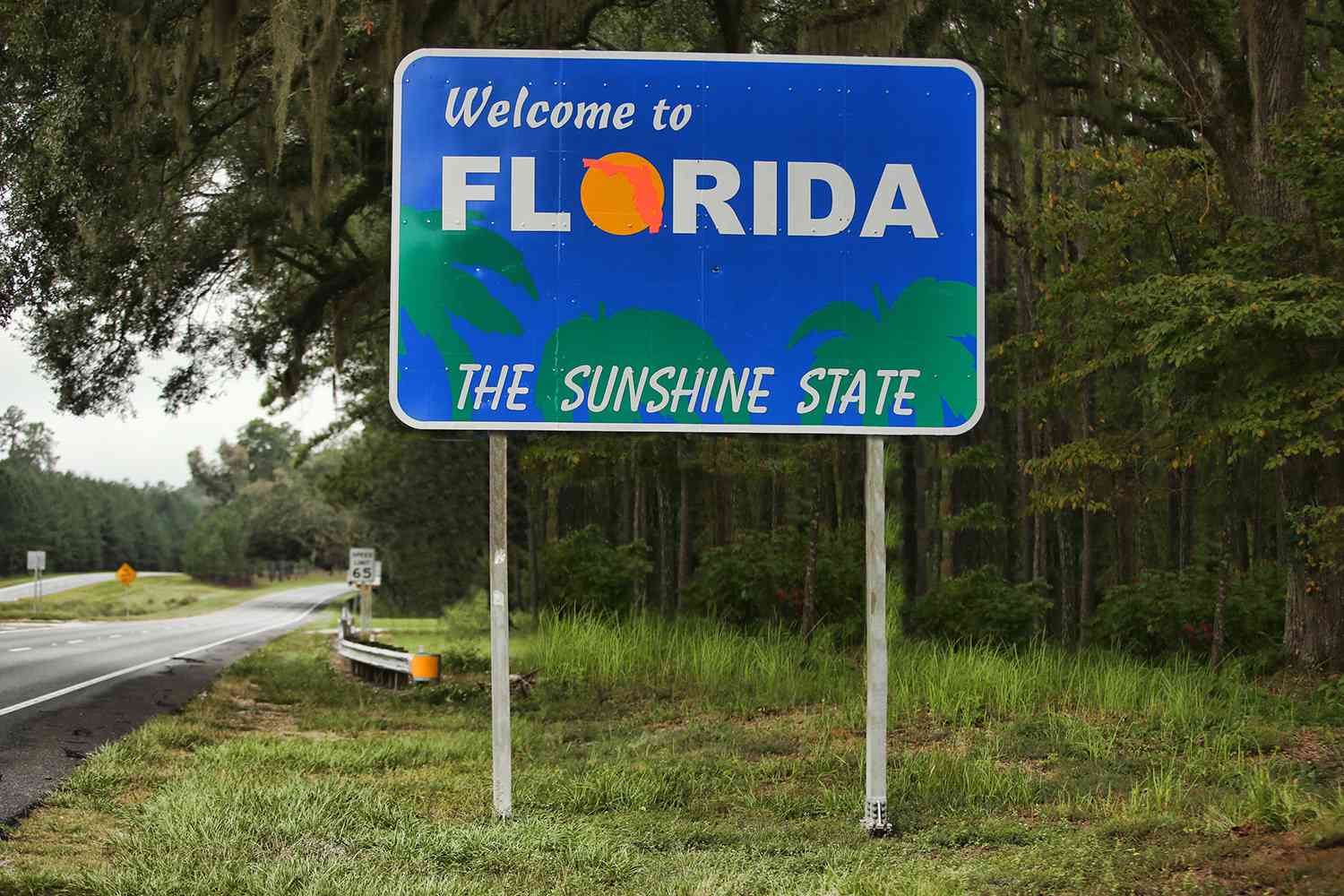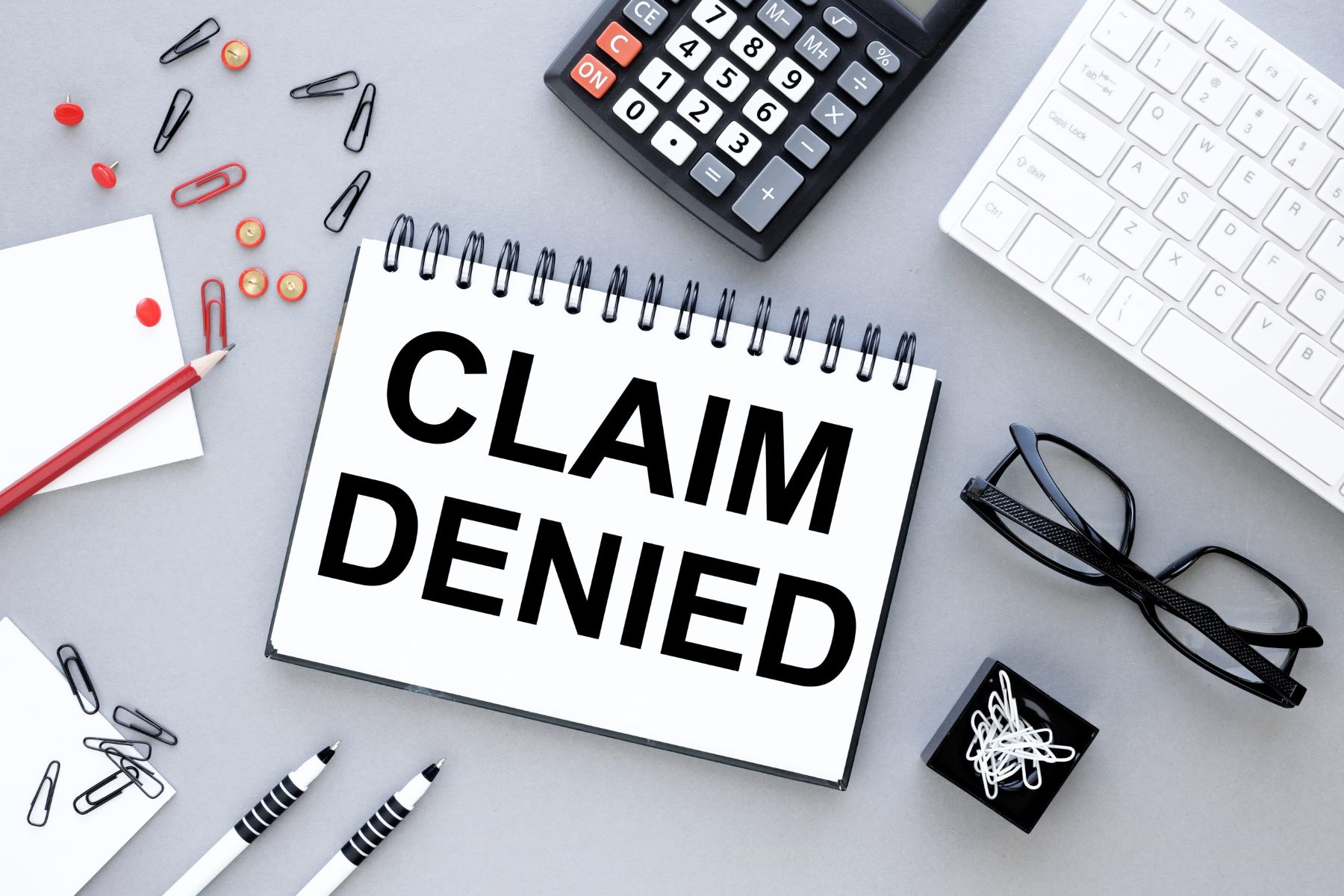Home>Finance>What Is Considered Other Structures On Homeowners Insurance?


Finance
What Is Considered Other Structures On Homeowners Insurance?
Published: November 14, 2023
Learn about what is considered "Other Structures" in homeowners insurance and how it can affect your finances.
(Many of the links in this article redirect to a specific reviewed product. Your purchase of these products through affiliate links helps to generate commission for LiveWell, at no extra cost. Learn more)
Table of Contents
Introduction
When it comes to homeowners insurance, protecting your property goes beyond just safeguarding the main structure of your home. Many homeowners insurance policies also include coverage for other structures on your property. These other structures can include things like detached garages, sheds, fences, and even swimming pools.
Understanding what is considered other structures and the coverage available is crucial for ensuring that you have adequate protection for your entire property. This article will delve into the definition of other structures in homeowners insurance, provide examples of common other structures, explain coverage options, discuss exclusions and limitations, and highlight the importance of evaluating other structures coverage.
Whether you have a separate workshop in your backyard or a gazebo near your swimming pool, knowing how your homeowners insurance policy covers these additional structures will give you peace of mind knowing that you’re protected in the event of unexpected damage or loss.
So, let’s explore the ins and outs of other structures coverage in homeowners insurance and how it can give you added security for your property.
Definition of Other Structures in Homeowners Insurance
Other structures, as defined in homeowners insurance, refer to the additional buildings or property features that are separate from the main dwelling on the insured property. These structures are typically not attached to the main house and serve various purposes, such as storage, recreation, or aesthetic enhancements. They can be standalone structures or extensions to the main house but are generally considered separate entities for insurance purposes.
Common examples of other structures include detached garages, workshops, sheds, barns, fences, gazebos, and even swimming pools. Essentially, any structure on your property that is not directly connected to your main dwelling can be classified as an “other structure.”
It’s important to note that different insurance policies may have variations in the definition of other structures. Some policies may have specific criteria for what qualifies as an other structure, such as a certain square footage or construction material. Therefore, it’s essential to review your policy or consult with your insurance provider to fully understand how other structures are defined in your coverage.
Understanding the definition of other structures is crucial as it determines what is covered and what is not under your homeowners insurance policy. Having a clear understanding of what qualifies as an other structure will help you ensure that you have the appropriate coverage in place and avoid any surprises or gaps in protection.
Examples of Other Structures
Other structures can vary widely depending on the property and the homeowner’s preferences. Here are some common examples of other structures that may be covered under homeowners insurance policies:
- Detached Garage: A separate structure used for parking vehicles or storing tools and equipment.
- Shed: A small building used for storage of gardening tools, lawnmowers, or other equipment.
- Barn: A large structure used for housing livestock, storing agricultural equipment, or as a workshop.
- Pool House: A building near a swimming pool that can serve as a changing area, storage space, or a relaxation spot.
- Gazebo: An open-sided structure that is often used for outdoor entertaining or as a peaceful retreat.
- Fence or Wall: A structure that encloses the property for privacy, security, or decoration.
- Pergola: A structure with an open roof and vertical posts, often used to provide shade or support climbing plants.
- Tennis Court or Basketball Court: A dedicated area for sports activities.
These are just a few examples, and the range of other structures can be vast, including guesthouses, greenhouses, decks, and more. It’s important to review your insurance policy to see what specific structures are covered and what may require additional endorsements or separate policies for protection.
Remember, the coverage for other structures may vary from one policy to another, so it’s always a good idea to consult with your insurance provider to ensure you have the appropriate coverage for the specific other structures on your property.
Coverage for Other Structures
Homeowners insurance policies typically provide coverage for other structures on your property, although the extent of coverage can vary depending on the policy you have. In general, the coverage for other structures is a percentage of the dwelling coverage, often around 10% to 20% of the total insured value.
This means that if you have $300,000 of coverage for your main dwelling, you may have $30,000 to $60,000 of coverage for other structures. However, it’s important to check your policy to determine the specific coverage limits for other structures, as it can differ from one insurance company to another.
It’s worth noting that certain insurance policies may offer the option to purchase additional coverage for other structures, allowing you to increase the coverage limits if needed. This can be beneficial if you have high-value structures or if the value of your other structures exceeds the default coverage limit.
When it comes to covered perils, other structures are typically protected from the same risks as your main dwelling. This often includes perils such as fire, lightning, windstorms, hail, vandalism, and theft. However, it’s essential to carefully read your policy to understand the specific covered perils and any exclusions that may apply.
It’s also important to note that certain structures, such as pools or gazebos, may have additional coverage requirements or exclusions. For example, liability coverage for injuries that occur in a swimming pool may have specific conditions and limitations.
If you have unique or high-value other structures on your property, consider documenting them with photographs and keeping records of their value. This can be useful in the event of a claim, as it provides evidence of the structure’s existence and value.
Remember, if you are unsure about the coverage provided for other structures in your policy, it’s always best to reach out to your insurance provider for clarification and to ensure you have adequate protection in place for your specific needs.
Exclusions and Limitations for Other Structures
While homeowners insurance typically provides coverage for other structures, it’s important to be aware of exclusions and limitations that may apply. Understanding these exclusions and limitations will help you assess any potential gaps in coverage and take necessary steps to address them.
One common exclusion for other structures is coverage for detached structures used for business purposes. Homeowners insurance policies are typically designed to cover personal property and residential structures. If you have a separate structure on your property that is used for business operations, such as a home office or a workshop for a small business, it may not be covered under standard homeowners insurance. In such cases, you may need to consider obtaining a separate business insurance policy to adequately protect your business assets.
Additionally, certain perils or causes of damage could be excluded from coverage for other structures. For example, damage resulting from earthquakes, floods, or sewer backups may require separate policies or endorsements. It’s essential to review your homeowners insurance policy carefully to understand the exclusions and limitations that apply to your other structures.
Another limitation to consider is the depreciation factor. Like any structure, other structures can age and lose value over time due to wear and tear. In the event of a covered loss, the insurance company may apply depreciation to the value of the other structure when determining the claim payout. This means that you may not receive the full replacement cost of the structure, but rather the depreciated value. To ensure you can rebuild or replace your other structures without bearing the burden of depreciation, consider adding replacement cost coverage to your homeowners insurance policy.
It’s also worth mentioning that some insurance policies have specific limits on coverage for certain types of other structures. For example, there may be a cap on coverage for swimming pools or high-value structures like guesthouses or detached garages. If the value of your other structures exceeds the coverage limit, you may need to purchase additional coverage or consider separate policies to adequately protect these structures.
To fully understand the exclusions and limitations that apply to other structures in your homeowners insurance policy, it’s important to carefully review your policy document and consult with your insurance provider. They can provide guidance on any additional coverage options or endorsements that may be available to address specific exclusions or limitations.
Determining Coverage Amount for Other Structures
When it comes to determining the coverage amount for other structures on your property, it’s important to assess the value of these structures and ensure that you have adequate coverage in case of damage or loss. Here are some steps to help you determine the appropriate coverage amount:
1. Evaluate the value: Start by assessing the value of each individual other structure on your property. Consider factors such as the cost of construction, materials used, and any additional features or upgrades that may have increased the value. Take into account any depreciation that may have occurred over time.
2. Consider replacement or repair costs: Determine if you would prefer to replace or repair a damaged or destroyed structure. Calculating the cost of rebuilding or repairing a structure will give you a better idea of the coverage amount needed.
3. Consult professionals: For complex or high-value structures, such as guesthouses or workshops, it may be beneficial to consult with professionals, such as contractors or appraisers, to determine accurate replacement costs. They can provide expertise in assessing the value and help you ensure you have the appropriate coverage in place.
4. Review policy limits: Check your homeowners insurance policy to understand the coverage limits for other structures. While some policies offer a percentage of the main dwelling coverage, others may have specific caps or limits for certain types of structures. If your other structures exceed the policy limits, you may need to consider additional coverage or endorsements.
5. Consider inflation and future changes: Keep in mind that construction costs and property values can change over time due to inflation and market fluctuations. Periodically review and adjust your coverage amount for other structures to account for these changes and ensure that you have sufficient protection.
6. Discuss with your insurance provider: Lastly, reach out to your insurance provider to discuss your coverage needs for other structures. They can provide guidance on the appropriate coverage amount based on your specific situation and may offer additional options to enhance your coverage if needed.
By following these steps and regularly reassessing your coverage amount, you can ensure that your other structures are adequately protected, giving you peace of mind in the event of unexpected damage or loss.
Importance of Evaluating Other Structures Coverage
Ensuring that you have adequate coverage for other structures on your property is of utmost importance. Here are some reasons why evaluating and updating your other structures coverage is crucial:
1. Protecting your investment: Other structures can represent a significant investment of time, money, and effort. Whether it’s a detached garage, a pool house, or a workshop, these structures contribute to the overall value of your property. Adequate insurance coverage ensures that your investment is protected in the event of damage, destruction, or loss.
2. Recovering from unforeseen events: Accidents, natural disasters, and unexpected events can cause damage to other structures. Having sufficient coverage allows you to rebuild or repair these structures without having to bear the financial burden entirely on your own. It provides the necessary funds to recover from unforeseen events and restore your property to its pre-loss condition.
3. Liability protection: Other structures, such as swimming pools or guesthouses, may increase your liability risk. If someone is injured while on your property, you could be held liable for their medical expenses and potential legal claims. Evaluating your coverage for other structures ensures that you have adequate liability protection, reducing your financial vulnerability in case of accidents or injuries.
4. Changes in property value: Over time, the value of your property and other structures can change. You may have made improvements or additions that have increased their value. Regularly evaluating your coverage amount allows you to adjust your policy and ensure that you have sufficient coverage to reflect these changes. Failing to update your coverage could lead to being underinsured, leaving you responsible for additional expenses in the event of a claim.
5. Peace of mind: Knowing that your other structures are properly insured brings peace of mind. It allows you to enjoy your property without constant worry about what would happen in the event of unexpected damage or loss. With the right coverage in place, you can feel confident that you are protected financially and can handle any unforeseen circumstances that may arise.
6. Avoiding coverage gaps: Insurance policies can have exclusions and limitations that may affect the coverage for other structures. By evaluating your policy and understanding these exclusions, you can take steps to address any gaps in coverage. This may involve obtaining additional endorsements or separate policies to fill those gaps and ensure comprehensive protection for your other structures.
Overall, evaluating your other structures coverage is crucial for safeguarding your investment, protecting against liability, and providing peace of mind. By regularly reviewing and updating your coverage, you can ensure that you are adequately protected and ready to face any unexpected challenges that may arise.
Conclusion
Understanding and evaluating the coverage for other structures in your homeowners insurance is essential for protecting your entire property. Other structures, which include detached garages, sheds, fences, and swimming pools, contribute to the overall value and functionality of your property. By ensuring that you have adequate coverage for these structures, you can have peace of mind knowing that you’re protected in the event of unexpected damage, destruction, or liability.
When evaluating your other structures coverage, consider factors such as the value, replacement or repair costs, policy limits, and any exclusions or limitations that may apply. This will help you determine the appropriate coverage amount and take necessary steps to address any gaps in coverage.
Regularly reviewing and updating your other structures coverage is crucial to account for changes in property value, improvements, or additions to your property, and to reflect any changes in your coverage needs. It’s important to stay informed about the specific terms and conditions of your homeowners insurance policy and seek clarification from your insurance provider if needed.
Remember, different insurance policies may have variations in coverage for other structures. It’s essential to read and understand your policy documentation to ensure that you have the appropriate coverage that aligns with your unique needs and the specifics of your property.
Ultimately, evaluating your other structures coverage is an important aspect of being a responsible homeowner. By taking the time to assess your coverage needs and make any necessary adjustments, you can ensure that you have the proper protection for your other structures and enjoy the peace of mind that comes with knowing you’re covered.














